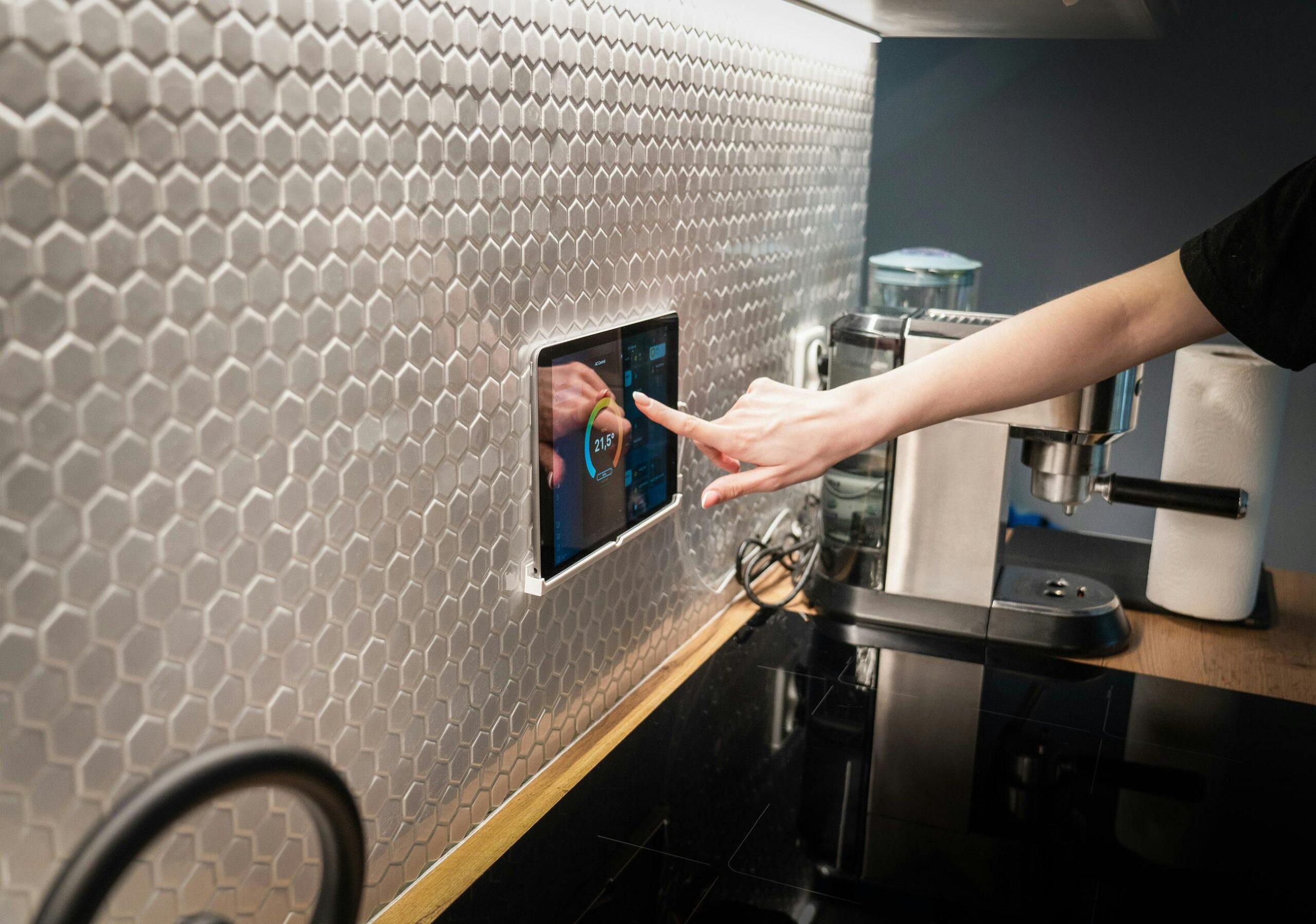Introduction
Imagine a home where the lights turn off automatically when you leave, the thermostat adjusts to your preferred temperature, and your favorite music plays as soon as you walk in the door. This is the future of home living, made possible through home automation. These systems integrate various smart devices to provide seamless control and convenience.
What is Home Automation?
Home automation refers to the use of technology to automate tasks and functions within a home. By connecting different devices and appliances to a central system, you can control them remotely. This can range from simple tasks like turning off lights to more complex functions like managing your security system.
Benefits of Home Automation
- Convenience: Automate everyday tasks and control your home’s environment from anywhere using your smartphone or tablet.
- Energy Efficiency: Optimize energy consumption to save money on utility bills. Smart thermostats learn your habits to adjust temperature, while automated lighting systems turn off lights when not in use.
- Security: Enhance your home’s security with smart cameras, door sensors, and remote-controlled locks, allowing you to monitor your property and receive alerts.
- Comfort: Create a comfortable living environment by setting the temperature, lighting, and sound to your preferred levels.
Types of Smart Devices
- Smart Thermostats: Learn your habits to adjust temperatures efficiently and save energy.
- Smart Lighting: Control lights from anywhere, set schedules, create scenes, and adjust color temperature.
- Smart Security Systems: Monitor your home with smart cameras and sensors, receiving alerts for any suspicious activity.
- Smart Appliances: Manage appliances remotely, schedule tasks, and track energy usage.
- Voice Assistants: Use voice commands to control smart devices and perform various tasks.
How to Create a Smart Home
- Start Small: Begin by adding a few smart devices to familiarize yourself with the technology and assess your needs.
- Choose a Hub: A smart home hub serves as the central control point for your devices, connecting them to your network.
- Consider Compatibility: Ensure your devices are compatible with your chosen hub and with each other.
- Install and Configure: Follow the manufacturer’s instructions to set up and configure your devices.
- Explore Features: Take time to explore the features of your devices and customize them to your preferences.
Conclusion
Home automation offers a convenient, efficient, and secure way to manage your living space. By integrating various smart devices, you can create a personalized environment that meets your needs and preferences. As technology continues to evolve, we can expect even more innovative and exciting home automation solutions to enhance our lives. Embrace the future of living and simplify your home experience today!
